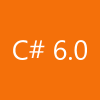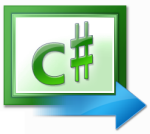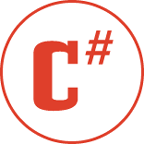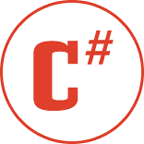
C# 6.0 brought a set of most useful features with Visual Studio 2015 Preview and .NET 4.6. If you didn’t yet explore the features, check out the embedded links within this post to learn what’s coming with it. Download the preview to get your hands dirty before you use in production.
Today in this blog post, we will discuss about a new feature called “null-conditional operators”, which will actually improve your productivity. Let’s start with it.

 Did you download the new
Did you download the new  Did you try the new
Did you try the new 







 Yesterday we discussed about “CallerMemberName” attribute. If you didn’t read it, you can find it here: “
Yesterday we discussed about “CallerMemberName” attribute. If you didn’t read it, you can find it here: “ C# 5.0 comes with Visual Studio 2012 and .NET Framework 4.5. Currently it is in RC (Release Candidate) mode and will get the final RTM version soon. In our last CSharp blog post “
C# 5.0 comes with Visual Studio 2012 and .NET Framework 4.5. Currently it is in RC (Release Candidate) mode and will get the final RTM version soon. In our last CSharp blog post “
 Few days ago, in one my earlier post, I listed “
Few days ago, in one my earlier post, I listed “ Few days ago, in one my earlier post, I discussed about “
Few days ago, in one my earlier post, I discussed about “